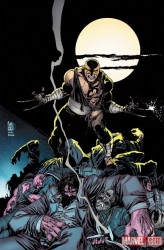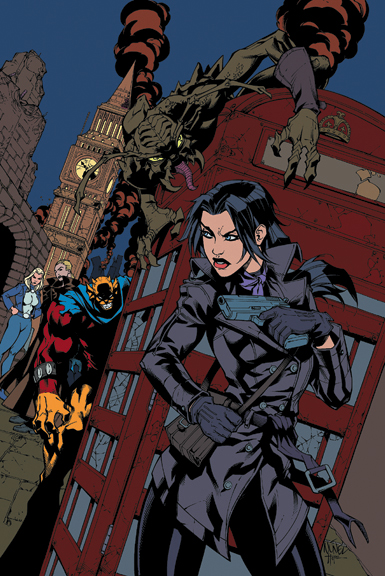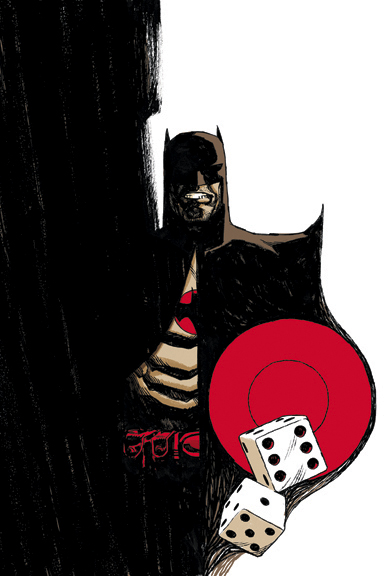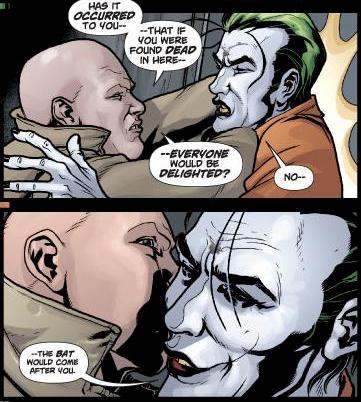
What better purchase at Wondercon than The Comic Book Guide to the Mission?
March 31st, 2011 Posted by Esther Inglis-ArkellNone, that’s what.
The Comic Book Guide to the Mission was edited by my friend, Lauren Davis. I saw her go from the idea stage (at a Wondercon Past) through various stressful editing stages, and finally emerge as a hollow-eyed, exhausted, yet gracious zombie at her very-well-attended book party. She will be tabling at Wondercon – her coordinates are D18, and I know I’ll be heading over there regularly.
Now, to the book. It’s a lot of little stories from artists about their experiences in the Mission district of San Francisco. The district is named for its oldest building – guess what that is – and has since evolved to a neighborhood, an art center, a hipster hang-out, a culinary mecca, a thrift store shopper’s twisted paradise, and the warmest spot in San Francisco. The best way to describe the book is as showing how different time periods in the Mission correspond with different time periods in people’s lives. A self-conscious suburbanite at the SF Dyke March, a kid’s view of the homeless population, an artist reminiscing about ‘darker’ times in the Mission and a lawyer finding a way to feel welcome among the area’s notorious hipster population, even just a series of iconic unconnected Mission snapshots – it’s all there.
My father, a man of particular taste, who I don’t believe has read a graphic novel since Asterix in the late seventies, cracked The Comic Book Guide to the Mission, and not only liked it enough to finish it, but spent a half an hour on the phone with me talking about how the title was selling it short. He believed that that many stories and stills, by that many artists, on such diverse subject matter was more a wider commentary on life than just a ‘guide to the Mission’ and said approvingly that the book was a ‘bargain’ considering all the wonderful little stories within.
I love the book as well, but for more practical reasons. (We can’t all have a poetic soul.) Although the book isn’t technically a ‘guide’, it does benefit greatly from being drawn by San Franciscans. I don’t live far from the Mission as the crow flies, but unlike the crow I have to walk over quite a few giant hills to get there. As a result, I haven’t spent as much time in the Mission as I’d like. The Guide isn’t strictly a ‘guide’, but it does have maps to the thrift stores, addresses of the best tacquerias (and an official recommendation for Best Carne Asada Taco in the Mission), recs for cheap eats from sushi to thai, and maps to all the Mission murals put up by artists over the years. Considering the neighborhood is readily accessible from Wondercon (with no pesky hills in the way), this may be the best way to get your money’s worth out of the Con. Sure, you’ll have to put down a quick $15.00, but you’ll get a local’s guide to the best ice cream, the best street art, and the Pornarmory.




